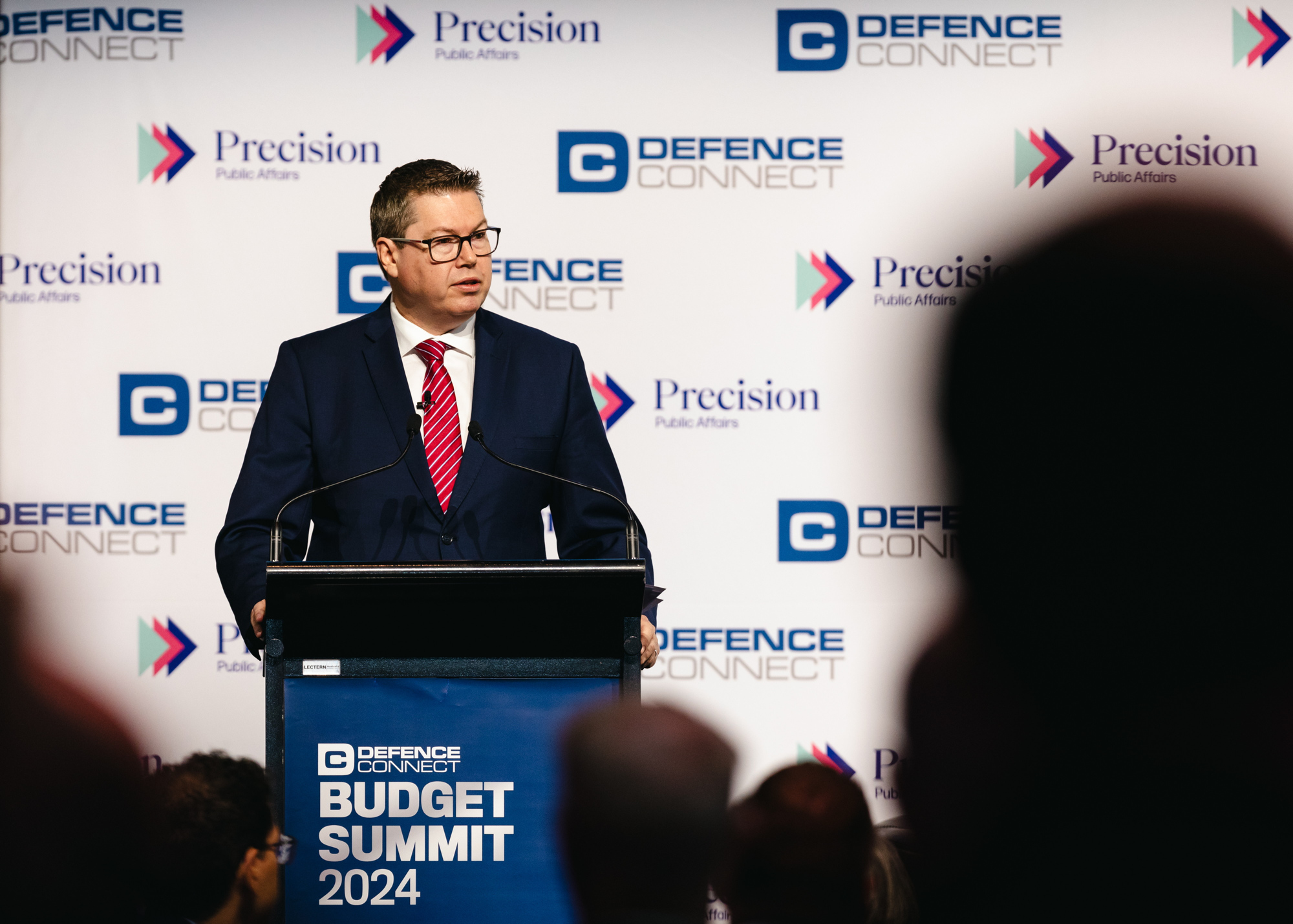Trump’s trade war is about more than trade

The opening salvos of US President Donald Trump’s trade war have sent shockwaves around the world. Over the past three weeks, his administration has broken with decades of free-trade orthodoxy, threatening to impose tariffs not only on strategic adversaries such as China but also on longstanding allies such as Canada and Mexico. Even Denmark—a NATO member and steadfast US ally during and after the Cold War—has found itself in Trump’s crosshairs.
Trump’s actions have made many in the United States and around the world wonder: what exactly are tariffs, and how do they affect global trade? Simply put, tariffs are taxes on imported goods. If a Chinese manufacturer wants to sell shoes in the US, the American government can impose a tariff. If a US retailer pays $100 for a pair, then a 10 percent tariff, like the one that Trump recently imposed on goods from China, means that the retailer must pay the US government $10.
Those $100 shoes now cost $110. Who pays the extra $10? When Trump raised tariffs on Chinese imports during his first term, US importers bore most of the cost, particularly when they could not find alternative suppliers. Consequently, retail prices remained relatively stable, at least in the first year.
But the picture becomes more complicated when tariffs remain in place for an extended period. US importers cannot absorb the added costs indefinitely and may go out of business unless they find new suppliers or pass those costs to consumers, who may then need to cut back on spending.
When one country uses tariffs or other sanctions to damage another country’s economy, the result is often retaliation and trade war. China, for example, responded to Trump’s tariffs by imposing its own tariffs on US imports. Yet, although Chinese and US tariffs are based on similar reasoning, their impact will not necessarily be the same.
During the first US-China trade war, most of the burden of China’s retaliatory tariffs was borne by American exporters rather than Chinese importers. This was because China quickly found alternative suppliers for the goods it had previously sourced from the US. Oil and food—two of the top US exports to China—were readily supplied by Russia and other countries. Meanwhile, the US struggled to replace Chinese imports, forcing US businesses and consumers to bear the brunt of Trump’s tariffs.
These consequences have not gone unnoticed. Under both Trump and former President Joe Biden, the US has taken steps to incentivise domestic production and encourage firms to reduce their dependence on Chinese supply chains. But the extent to which such efforts will enable the US to shift more of the tariff burden onto China remains unclear.
To be sure, the vast size of the US market gives it a significant advantage. While Chinese importers can find alternative suppliers, Chinese exporters will have a hard time finding a market that can fully replace the US. The combined GDP of Russia, India, Africa and South America amounts to $13 trillion—just over one-third of US GDP, which is projected to rise to $30 trillion in 2025. And if the US convinces its Organisation for Economic Co-operation and Development allies to join the trade war, China could face tariffs from countries representing 46 percent of the global economy.
The Trump administration is betting that because the US is the world’s largest economy, China and other foreign exporters will struggle to find viable alternatives. This, in turn, would give the US decisive leverage in the trade war between the two countries. Early signs suggest that Trump’s strategy may deliver at least symbolic victories, with Mexico and Canada seemingly acquiescing to his demands by promising to do what they were already doing.
That said, tariffs are often a double-edged sword. On one hand, winning the trade war with China would allow the US to negotiate better trade terms. But US households could pay a heavy price. Fewer goods would be produced and sold to US consumers. While reduced imports could boost the competitiveness of domestic manufacturers, higher production costs and the absence of foreign alternatives would likely drive up consumer prices.
The potential geopolitical benefits of Trump’s trade war are less ambiguous, as his administration has decided to use economic pressure to achieve broader strategic objectives. It seeks to pressure Mexico and Central American countries to stem the flow of migrants to the US southern border and accept deported immigrants, and to counter China’s growing influence in the Asia-Pacific region and rein in Chinese expansionism, especially in the South China Sea. Moreover, Trump has vowed to take back the Panama Canal, and he seems serious about buying Greenland for its strategic location and natural resources—a US ambition going back to 1868.
Consumers and manufacturers in the US, China and beyond must brace for price increases and escalating geopolitical tensions. If Democrats regain control of Congress in the 2026 midterm elections, in which one-third of the US Senate and the entire House of Representatives will be on the ballot, they could curb Trump’s ability to impose tariffs. This gives Trump two years to win his trade war with China and the rest of the world—or at least convince Americans it was worth the cost.









